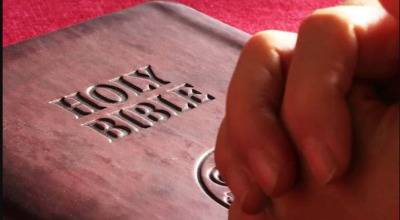Swimming hole memories rise to the surface
Published 9:15 pm Tuesday, July 18, 2017
The Homochitto — lazy, lovely, and 90 miles long — begins as most rivers do, with tributaries. In this case, it is Copiah and Lincoln county creeks that do all the contributing, and eventually the river’s path is crossed by the Low Water Bridge, a structure near the edge of Hwy. 550 that shades waters deep enough for taking a dip. That the river manages to give this gift right before it meanders through a national forest and becomes one with the mighty Mississippi — well, it just seems most generous.
At least two communities lay claim to this nostalgic swimming hole, and on the afternoon I visit representatives from both happen to be present. A couple from Caseyville has staked out an upper sandbar, where their beach chairs and cooler say “summer” better than any calendar page. Further south, three generations of a Union Church family are discovering a course of rapids near the bridge. All the while, heavy oak and birch limbs lean out over both sets of visitors, forming a perfect canopy over an undisturbed wading area and its iconic rope swing.
Erlene, a member of the group from Union Church, chooses to remain on a graveled bank where the less adventurous can sunbathe and spectate. From there she has a good view of her great-grandson’s first splash in waters her own four children frequented 50 years ago.
“They would wet the clay banks and use them like a slide,” she says of those long-ago days. “Our church had Vacation Bible School right here in this spot. The kids could swim afterwards.”
She is careful to refer to the landmark as the Second Low Water Bridge. Just yards away the original bridge’s wood pilings — what remain of them — rise out of the water, proving her point.
One of Erlene’s sons lives in Houston, Texas, where a natural swimming hole might be hard to find. This son, David, has vivid memories of growing up in Jefferson County in the 1970s. “Swimming pools were so rare I cannot remember anyone having one,” he says. “Because of that, swimming holes were a must to escape the brutal summer heat.”
David has something etched in his mind that occurred at another sandy spot on the Homochitto near the bridge in 1977: “Dad had taken us on a Fourth of July outing to swim that day. We packed up and were leaving when I heard a woman scream for help. Her two daughters had been swept under by the current, so I dove in and immediately my hands hit one of them. I grabbed her and literally threw her to the shallows. The mom pointed down the river, so I dove in again. As I came up, the other daughter bobbed up too. That’s when I grabbed her and took her to the bank.”
Erlene says she had forgotten about those heroics, adding that she also never knew that her daughter once slipped off on horseback to take an evening swim at the Low Water Bridge spot.
“Just found out about that a while back,” she tells me, admitting that she would have been quite worried had she known at the time. “I recall one girl was bitten by a snake here while she was swimming at night. They made a quick trip to the emergency room, but thankfully it turned out the snake wasn’t poisonous.”
Snakes. Fast-moving currents. Underwater obstacles. Uneven depths. Despite the risks, old-fashioned swimming holes remain a popular way to beat the heat, especially with folks who like a soundtrack of birds and breezes, and the feel of a little mud oozing between their toes. Don’t expect to find one listed on a map, though. I sure couldn’t. As the mercury rises, it will only be in-the-know locals who are privy to that kind of insider info. Yes, and they’ll be flocking to backwoods beaches like Low Water — leaving their shoes (and their worries) behind.
Kim Henderson is a freelance writer. Contact her at kimhenderson319@gmail.com.




